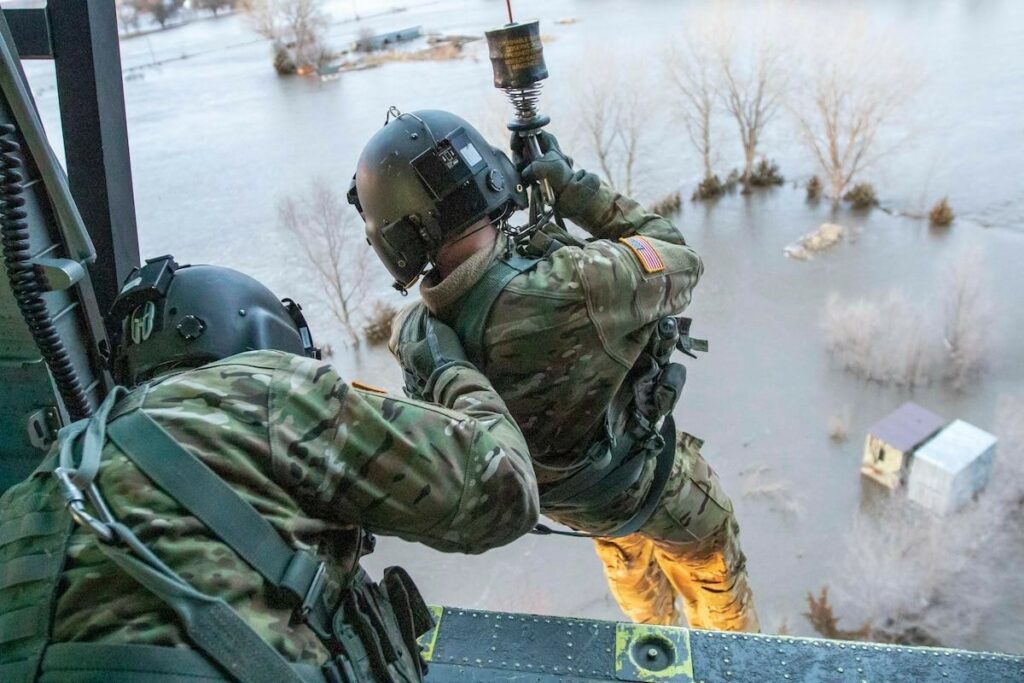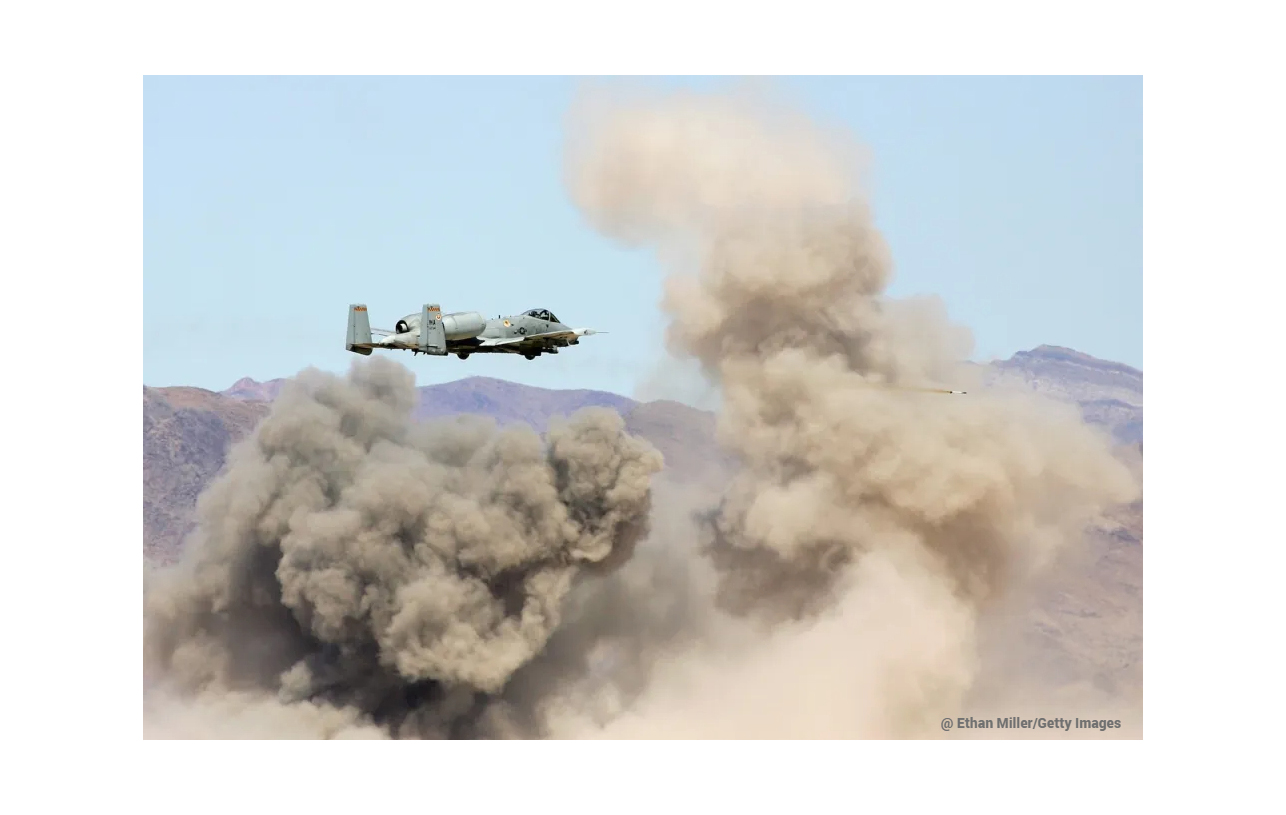How militaries contribute to climate change? Let’s talk about the climate-security nexus!
Climate change is one of the most crucial issues that intertwines with human security, while impacting millions of people around the world. There have been many researches proving the undeniable link between climate change and security. Modern world not only witnesses the increasing level of natural disasters due to climate change, also the growing level of geopolitical instability arising from conflict over resources, which make climate security a new challenge in the 21st century.
Military in global climate
In the discussion of climate-security nexus, in which, climate change is considered a multi-faceted threat to national security, and thus the role of military institutions has become more significant, military contribution to global carbon emissions is something that has been discounted legitimately (see 1997 Kyoto protocol and 2015 Paris agreement for rules on military exemptions and non-obligations) mainly on the ground of national interest/security. On the one hand, militaries take responsibility to respond to natural disasters by providing important services such as rescue, medical aid and logistics support, they have a massive carbon footprint absent from global accounting, on the other hand. As the scientists for global responsibility (SGR) reveals in 2022, if global militaries were a country, it would be the fourth largest contributor (larger than Russia and Japan, and smaller than China, the USA, and India) with an approximate 5.5% share of global greenhouse gas (GHG) emissions.
U.S. military and climate security
The United States is the very first country to realize the security implications of climate change. Interestingly, while the Pentagon has deemed climate change as a “threat multiplier”, American political scientist- Dr. Neta Crawford’s eye-opening book, “The Pentagon, Climate Change, and War (2022),” exposes that the U.S. Department of Defense (DoD) is the world’s largest institutional consumer of fossil fuels. As the book highlights, in 2017, the US military emitted almost 59 million metric tons of carbon dioxide (CO2). This figure surpasses the total GHG emissions of many industrial nations combined such as Sweden and Portugal.
Last year, at a Boston event on “War and Climate Change”, Dr. Crawford informed how extensive energy consumption is required by the U.S. military to maintain its presence globally and also its operational readiness. As she researches the connection between climate change and national security, it has been disclosed that the U.S. military has over 800 bases worldwide and many of them are located in regions that are vulnerable to climate change. These bases require different types of energy such as electricity, cooling and heating that often come from fossil fuels.
However, Dr. Crawford’s work gives some hopes as U.S. military emissions in the recent years are on a declining trend, and the military has been playing a leading role to address the climate security challenges. The DoD, after recognizing climate change as a national security threat, has adopted various new measures to mitigate its environmental impact. The department has come up with the technologies and strategies to reduce U.S. military’s carbon emissions, which is clearly reflected into the U.S. Army’s first-ever climate strategy released in 2022. The strategy shows how climate change has been incorporated into strategic planning to ensure resilience against extreme weather events.

Source: U.S. Department of Defense (Photo by Spc. Lisa Crawford, Nebraska Army National Guard)
Another notable initiative of DoD is their investment in renewable energy. According to the data, DoD has invested in over 1000 renewable energy projects, such as solar, wind, and geothermal energy. These projects reduce their dependency on fossil fuels and enhance energy security. The Fort Hood project in Texas- also known as the “green place”, which holds one of the world’s largest military installations- operates on solar farms and wind turbines that generate about 40% of the power that the base needs.
Furthermore, the U.S. military has been also working on energy-efficient technologies. One example is the Navy’s Great Green Fleet initiative, which aims to shift aircraft and ships to alternative fuels. Started in 2016, the initiative included ships that used biofuels made from waste beef fat. The army posts are also trying to produce as much energy as they are consuming to minimize the carbon footprint. In support of the army climate strategy, Fort Carson project in Colorado has already undertaken many energy-saving measures to become a Net Zero energy installation by 2027.
North-South climate contributions
Obviously, militaries of developed countries have enough resources to tackle threats related to climate change. They have more exposure to the advanced technologies, resources and infrastructure, which can be used in quick disaster response and climate resilience. On the other hand, militaries in the Global South have more and different challenges but opportunities when it comes to addressing climate change. Poor and developing nations except major contributors like China, India, and Russia have less carbon footprints but they are more vulnerable to the effects of climate change due to limited resources, financial constraints and limited infrastructure.
Bangladesh- one of the worst climate-affected countries in the world, while, according to the former UN secretary general Ban Ki-Moon, playing a pioneering role for providing climate solutions (i.e., community-based adaptation relying on social capital) from the Global South, it’s military has been actively involved in disaster response and resilience-building activity. As this South Asian riverine country is highly susceptible to climate and weather related hazards including drought, cyclones, storm surge, floods, the Bangladesh army- which has been traditionally providing humanitarian assistance to the disaster affected people, deployed over 150,000 personnel to assist evacuation during the Cyclone Amphan in 2020. In the same way, in Bangladesh’s neighbor India, during the 2004 Indian Ocean tsunami, the army played a crucial role in disaster management. The main efforts of the army included deploying helicopters to lift stranded people in the flood, making temporary shelters for displaced people and providing medical assistance.
Collaborative Efforts and Knowledge Exchange
Both the Global North and the Global South can learn and benefit from the knowledge-sharing mechanism toward responding to global climate risks. Through collaboration, they can improve their energy efficiency and climate resilience. To foster international cooperation on climate security, there is a Global Military Advisory Council on Climate Change (GMACCC). This global network brings security experts from different parts of the world to discuss the security implications of climate change and take collaborative measures accordingly. Unlike the International Military Council on Climate Change & Security (IMCCS), GMACCC- currently chaired by a Bangladeshi member, works to bridge the North-South gap in climate security.
The way forward
As global commons, global climate makes states responsible collectively but not equally. Since neither a military nor a country can play its role effectively without collaborating others, it is important that states and global militaries share knowledge, resources, and best practices toward fighting against the greatest threat to global security of our time. Also, global leaders need to decide to what extent military GHG emissions would be limited given the question of national security. Being the leading military institute in climate change, US military has an inevitable role especially toward fostering the North-South collaboration in climate security.
References
ASAIEE. 2022. “Fort Carson Project Builds Energy Resilience in Support of the Army’s Climate Strategy.” US Army, November 14, 2022. https://www.army.mil/article/261965/fort_carson_project_builds_energy_resilience_in_support_of_the_armys_climate_strategy.
Blackburn, Bradley. 2019. “The Great Place’ goes green: Fort Hood’s mission to reduce environmental impact.” WFAA-TV, December 4, 2019. https://www.wfaa.com/article/features/originals/the-great-place-goes-green-fort-hoods-mission-to-reduce-environmental-impact/287-ad288791-d98b-48e8-a372-8f1599804036.
Crawford, Neta. 2019. The Pentagon, Climate Change, and War. MIT Press.
Department of the Army. 2022. “United States Army Climate Strategy.” Accessed 28 June, 2024. https://www.army.mil/e2/downloads/rv7/about/2022_army_climate_strategy.pdf.
Department of Defense. 2014. “Climate Change Adaptation Roadmap.” Accessed 28 June, 2024. https://www.defense.gov/Newsroom/Publications/
Department of Defense. 2020. “Annual Energy Management and Resilience Report.” Accessed 29 June, 2024. https://dam.defense.gov/Portals/47/Documents/Publications/Annual%20Performance%20Plan/FY%202020%20DoD%20Annual%20Performance%20Report.pdf.
DENIX. 2002. “U.S. Department of Defense’s Environmental Security Technology Certification Program (ESTCP).” Accessed 28 June, 2024. https://www.serdp-estcp.org.
GMACC. n.d. “Global Military Advisory Council on Climate Change.” Accessed 30 June, 2024. https://www.gmaccc.org/.
Goodman, Sherri, and Pauline Baudu. 2023. “Climate Change as a “Threat Multiplier”: History, Uses and Future of the Concept.” BRIEFFER 38. https://councilonstrategicrisks.org/wp-content/uploads/2023/01/38-CCThreatMultiplier.pdf.
IMCCS. n.d. “International Military Council on Climate Change & Security.” Accessed 30 June, 2024. https://imccs.org/about/.
Intergovernmental Panel on Climate Change. 2021. “Climate Change 2021: The Physical Science Basis.” Accessed 30 June, 2024. https://www.ipcc.ch/report/ar6/wg1/.
Rajaeifar, Mohammad Ali, Oliver Belcher, Stuart Parkinson, Benjamin Neimark, Doug Weir, Kirsti Ashworth, Reuben Larbi and Oliver Heidrich. 2022. “Decarbonize the military — mandate emissions reporting.” Nature 611 (2022): 29 – 32.
Scientists for Global Responsibility. n.d. “How big are global military carbon emissions?” Accessed 30 June, 2024. https://www.sgr.org.uk/resources/how-big-are-global-military-carbon-emissions.
Verkooijen, Patrick, and Ban Ki-moon. 2023. “Bangladesh is a global pioneer in preparing for climate migrants.” Thompson Reuters Foundation, February 13, 2023. https://www.context.news/climate-risks/opinion/bangladesh-is-a-global-pioneer-in-preparing-for-climate-migrants.



